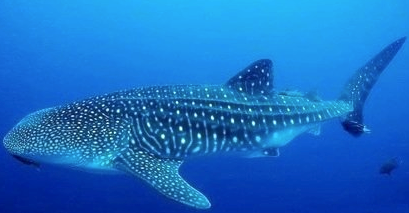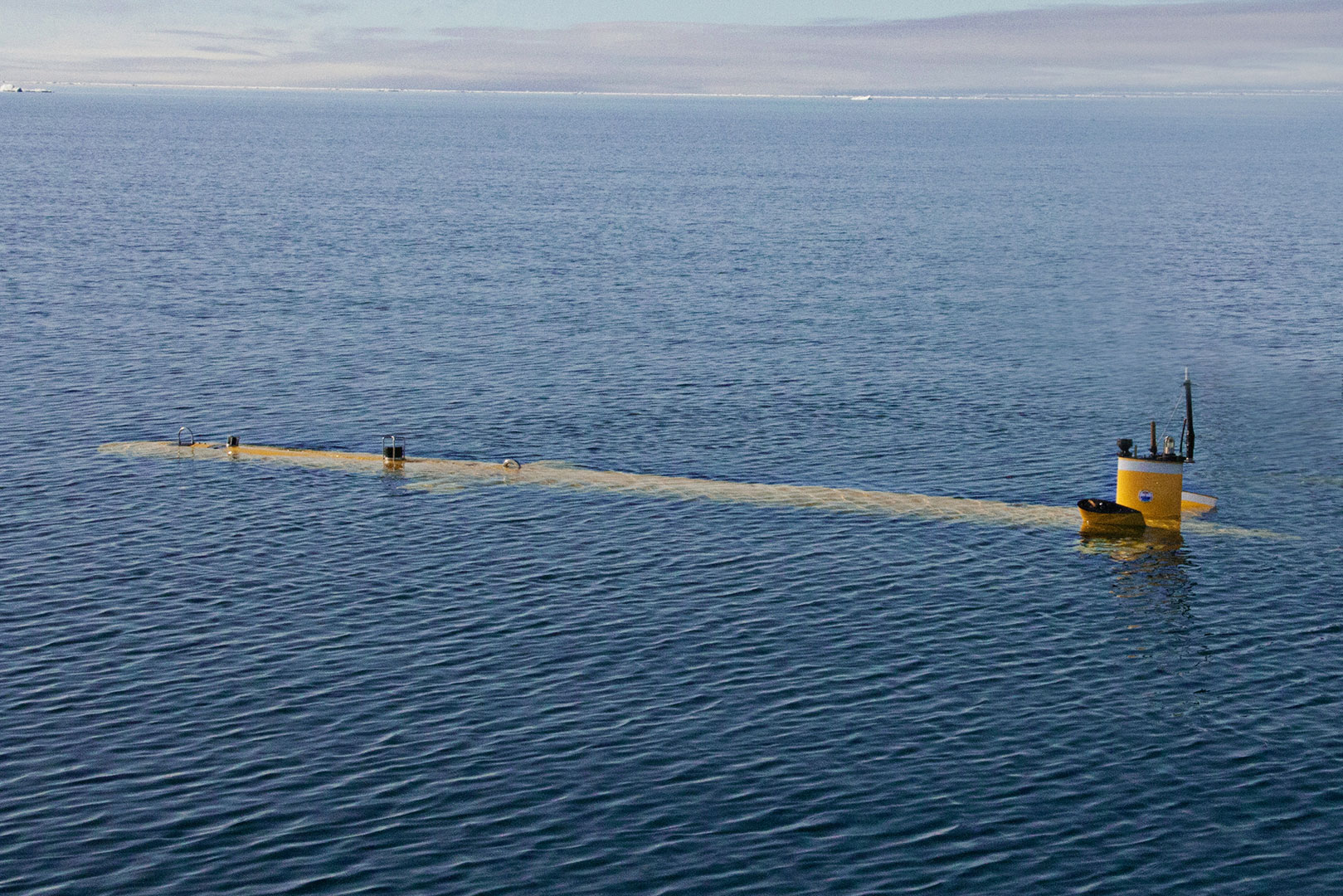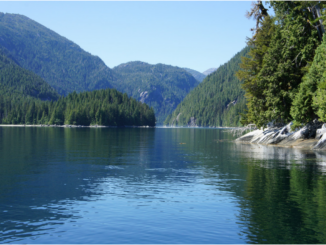

Unmanned Underwater Vehicles
One of the most interesting things to happen in regards to marine geomatics technology has been the development of advanced Unmanned Underwater Vehicles (UUVs). Think of the UUV as the underwater counterpart to Unmanned Aerial Vehicles (UAVs) or drones.
Like UAVs or drone, UUVs are capable of carrying loads such as cameras and other data gathering devices. This makes them useful and cost effective for data acquisition from inaccessible places. UUVs can be useful for a wide variety of applications, including wildlife monitoring, bathymetry, offshore oil and gas exploration, archaeological discoveries and military emergency response.
Remotely Operated Vehicles (ROVs) & Autonomous Underwater Vehicles (AUVs)
There are two types of UUVs: Remotely Operated Vehicles (ROVs) and Autonomous Underwater Vehicles (AUVs). The main difference between them is that ROVs require an operator while AUVs are capable of making underwater trips on their own.
The Awesomeness of ROVs

ROVs are tethered underwater devices that are remotely navigated by an operator on a nearby ship. They are connected to the operator’s ship by cables which transmit signals for control of the device. The cables are a crucial part of ROVs because remote control transmission signals can be distorted by water without them.
ROVs can vary dramatically in size and capabilities. OpenROV, a California based start-up, creates Do It Yourself (DIY) ROV kits for citizen scientists and hobbyists. With a 2-3 hour battery life, these ROVs are capable of descending 100 meters.
For commercial applications, Deep Trekker, a Canadian ROV developer, has options that range from small ROVs capable of descending 50 m to larger options capable of descending 305 m. The latter have arms for gathering samples underwater. Commercial-grade ROVs were recently used by Parks Canada to explore the wrecks of HMS Erebus and HMS Terror – two ships lost in the Canadian Arctic in 1845 as they set out on an expedition led by Sir John Franklin to find the Northwest Passage.
On the extreme end of the scale, the Deep Discoverer – a 4000 kg ROV – is managed jointly by GFOE (Global Foundation for Ocean Exploration) and NOAA (National Oceanic and Atmospheric Administration, US Department of Commerce). It is capable of descending 6000 meters, carrying loads up to 180 kg. It works in conjunction with a robot supported by multiple cameras to gather data and high definition imagery in deep oceans like the Pacific. When Deep Discoverer is active underwater, a live feed of its journey can be accessed on the GFOE website.
Sea Robots in Action: AUVs

AUVs are robots that can be pre-programmed to complete specific underwater tasks and return to a specified location. Unlike ROVs, AUVs have no cables because they have no need to communicate in real time with a remote operator while under water. AUVs tend to be more complex than ROVs because of the need to make decisions on their own based on their environments.
Like ROVs, AUVs can vary in size and capabilities. AUVs can be small and developed by hobbyists for underwater exploration in pools and lakes, or they can be large and professionally developed for commercial purposes.
The Arctic Explorer is an example of a larger AUV, weighing more than 2000 kg. It is capable of descending down to 5000 meters and is used by Natural Resources Canada for bathymetry under the Arctic ice shelf.
Future of UUVs & Education
UUVs are gradually becoming more common and distinguished from other unmanned devices. UUV users and enthusiasts can gather at UUV-specific conferences, such as the Underwater Intervention international conference scheduled for February 21st – 23rd, 2017 in New Orleans. UUV-related education is now also a possibility in Canada. The Fisheries and Marine Institute of Memorial University of Newfoundland offers a two-year diploma program for ROV operators. As the majority of the world’s oceans are unexplored, UUVs have the potential to shed light on the mysteries of some of earth’s darkest corners.
Sources
Hong J. & Winter J. (2016). HMS Terror, second ship from doomed Franklin Expedition, found in Terror Bay. The Toronto Star. Retrieved from https://www.thestar.com/news/canada/2016/09/12/hms-terror-from-doomed-franklin-expedition-found.html
International Submarine Engineering Ltd. (n.d.) Arctic Explorer Autonomous Underwater Vehicle. Retrieved from http://www.ise.bc.ca/pdfs/ISE_Arctic_Explorer_AUV_Datasheet_2012.pdf
NOAA (2015). What is the difference between an AUV and a ROV? Retrieved from http://oceanservice.noaa.gov/facts/auv-rov.html
OODA Technologies (2014). Unmanned Underwater Vehicle (UUV) Information Study. Retrieved from http://publications.gc.ca/collections/collection_2016/rddc-drdc/D68-3-C290-2014-eng.pdf




Be the first to comment